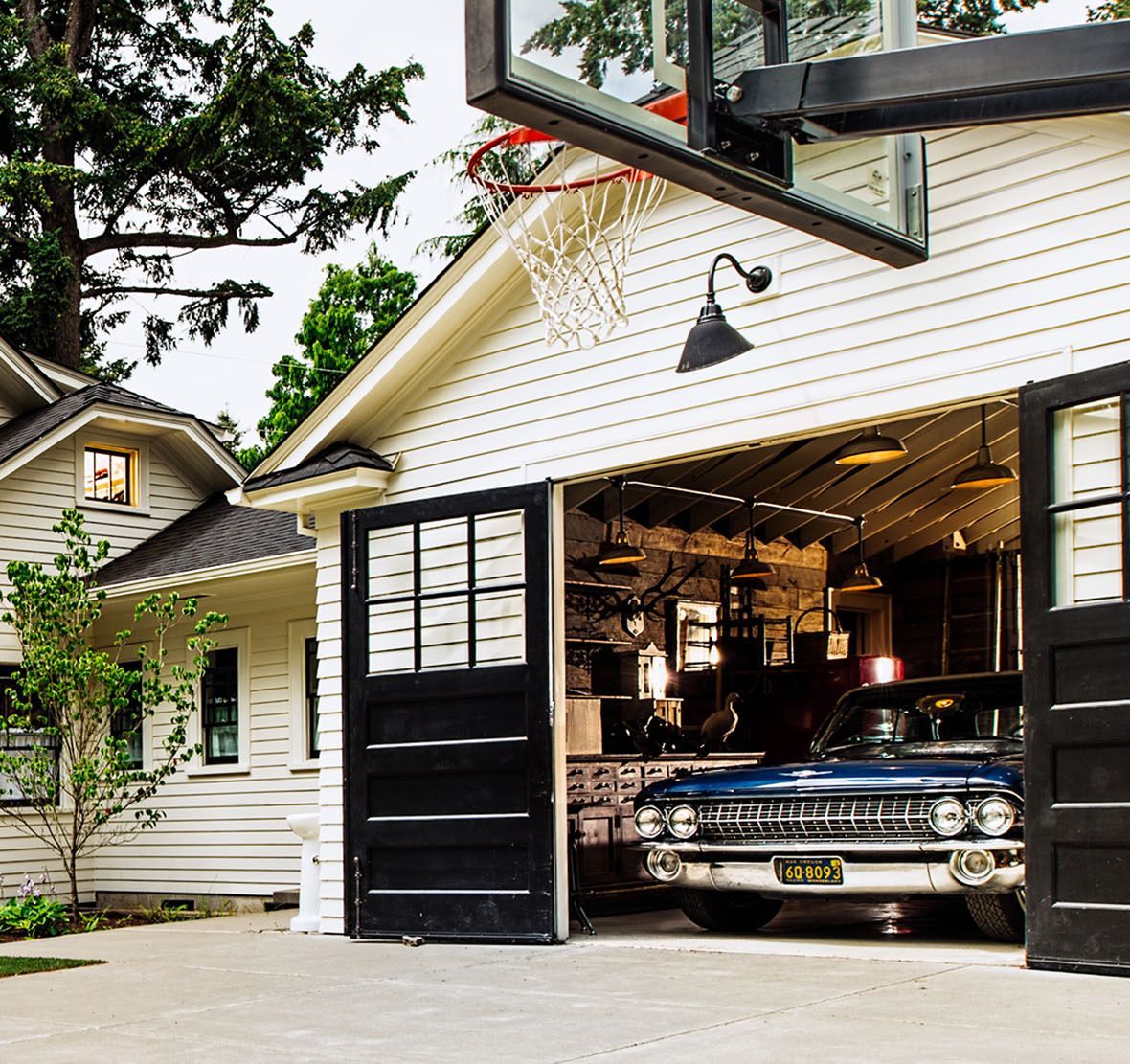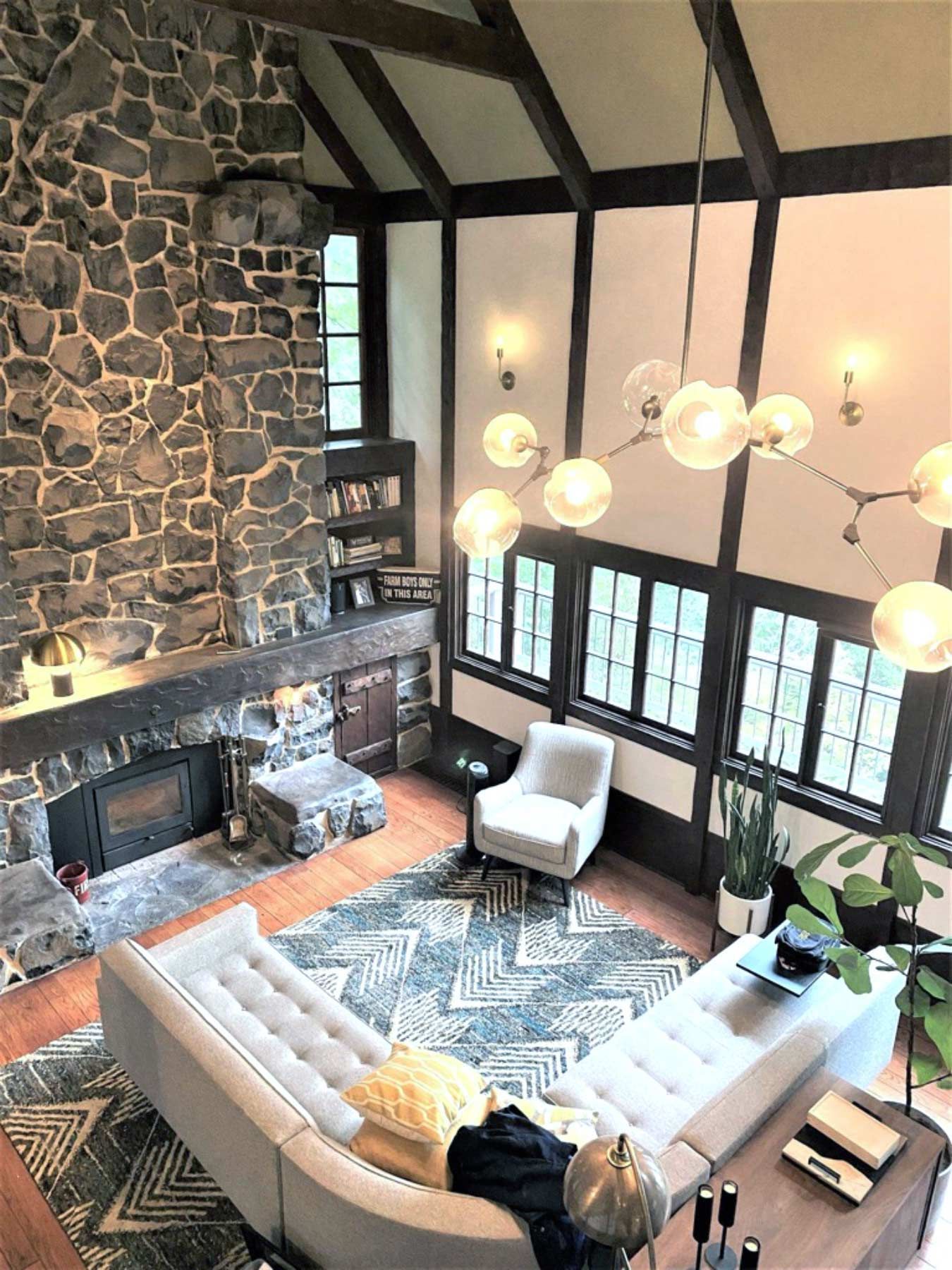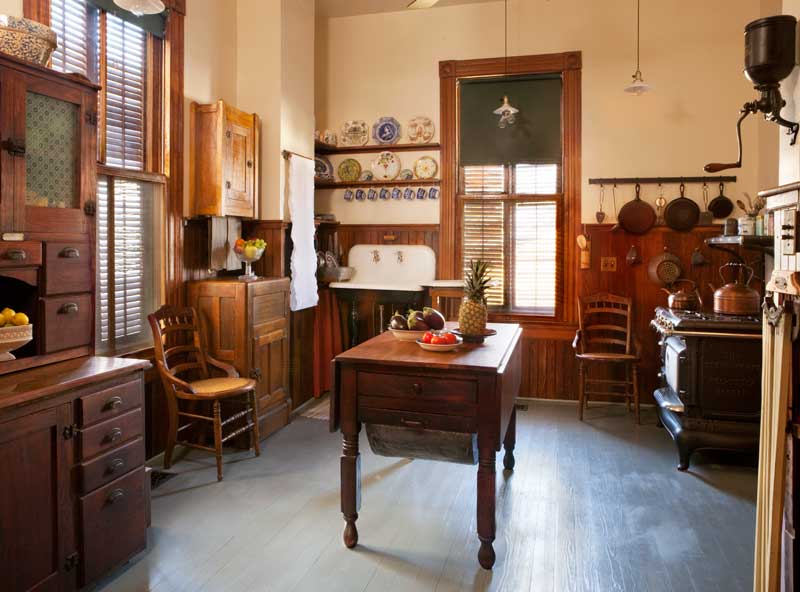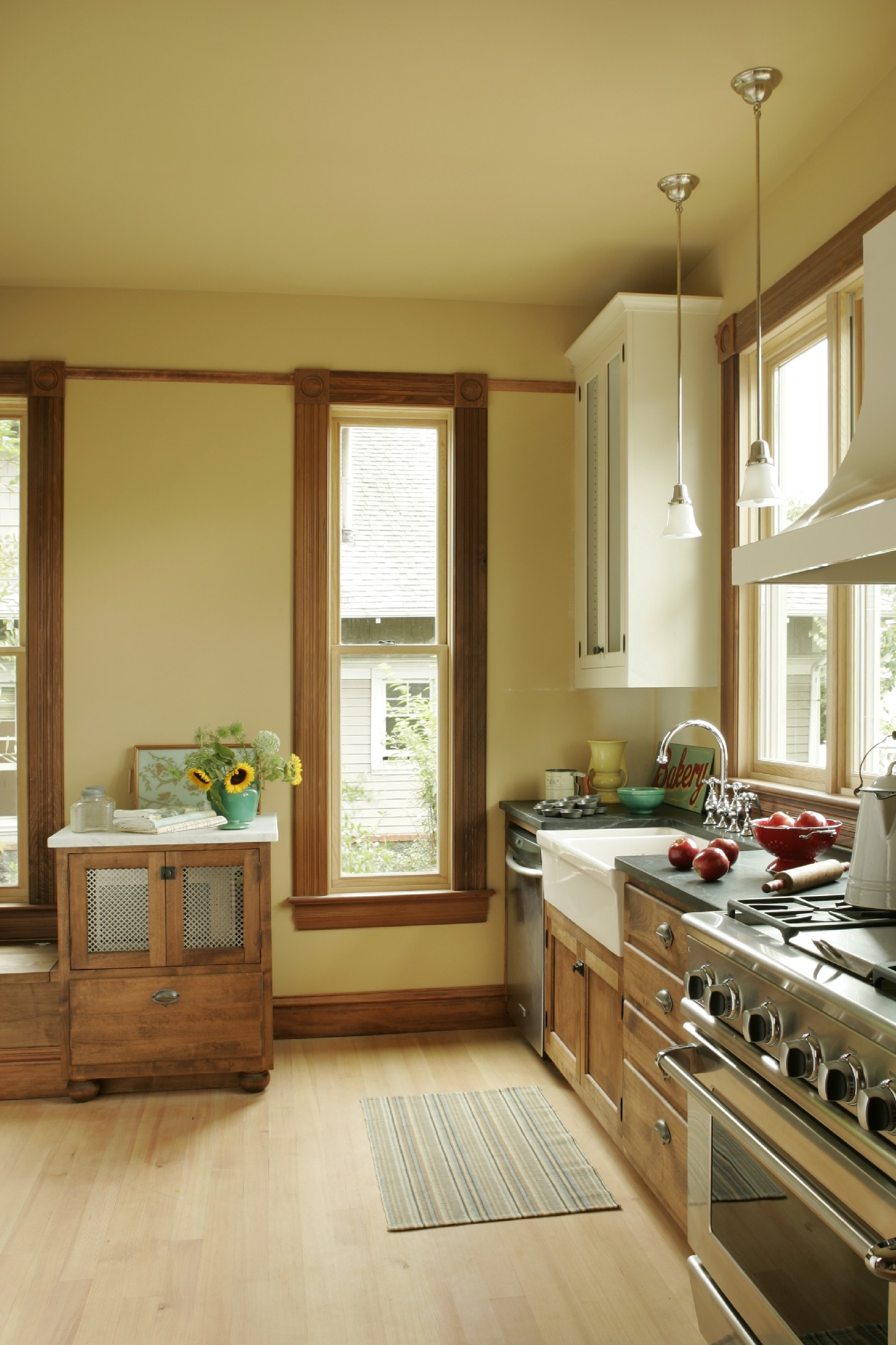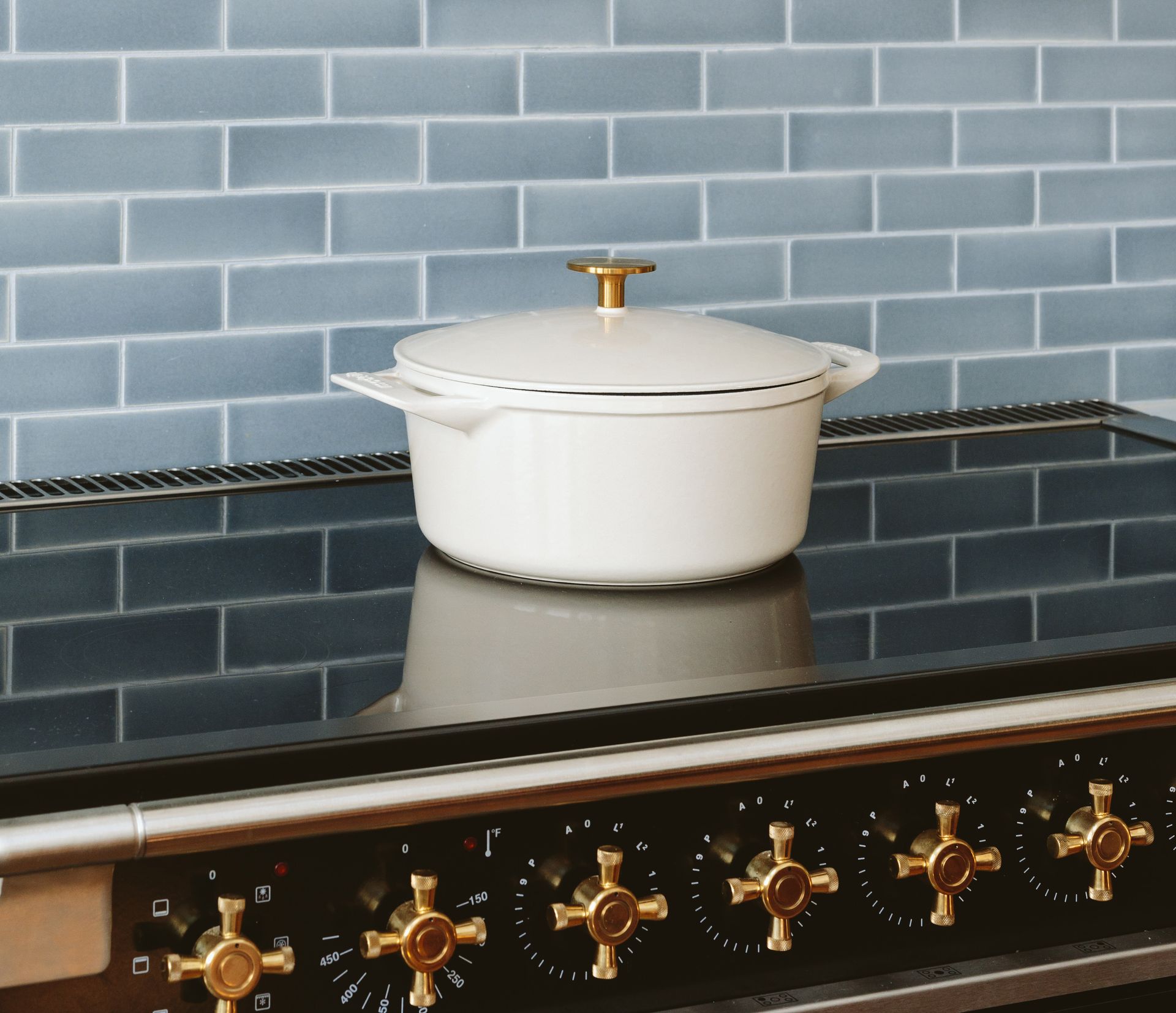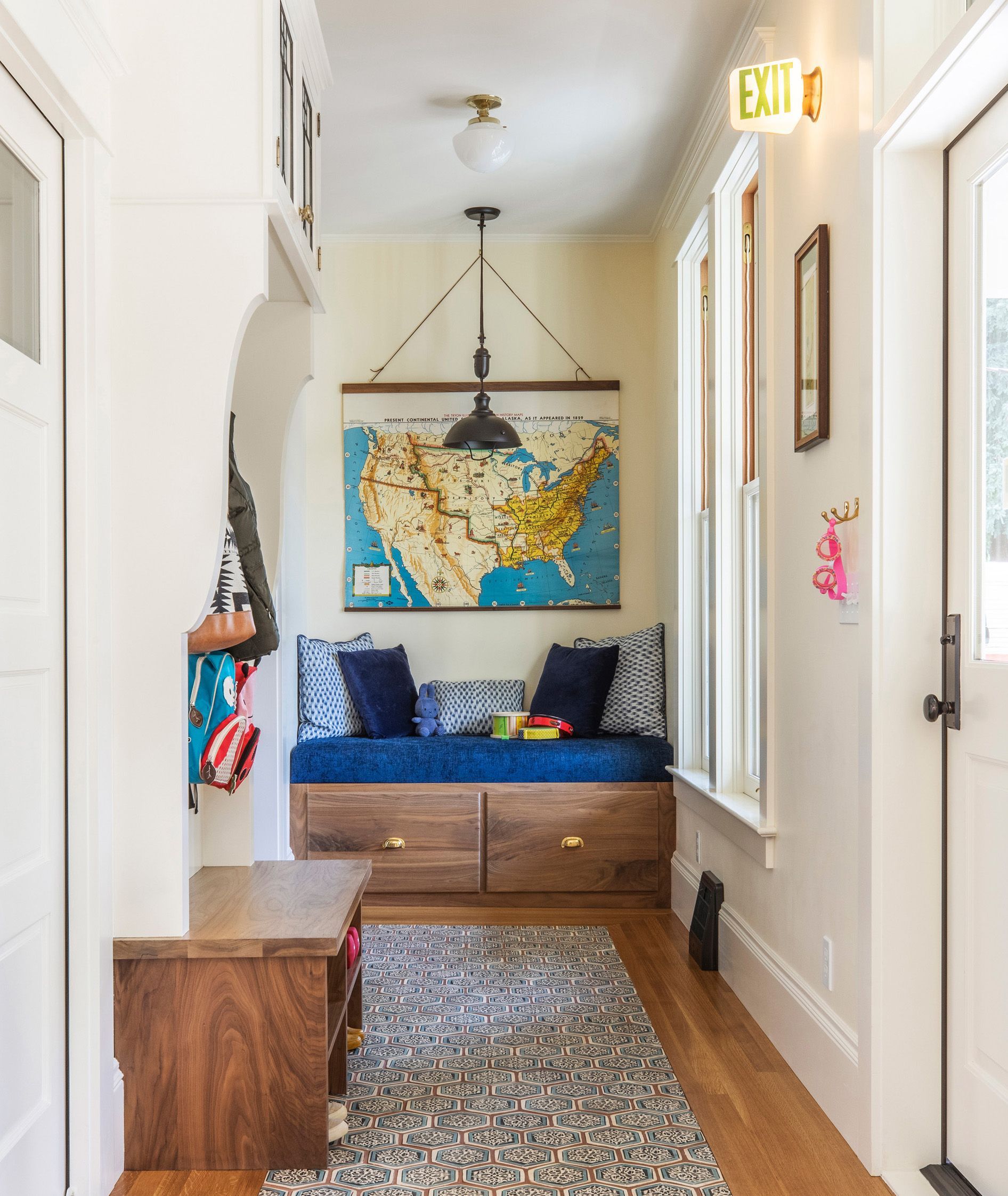Period Perfect Kitchen: Pre-1910
Was your home built before 1910? Do you ever wonder what the original kitchen would have looked like? Here are some of the style characteristics of a pre-1910 kitchen. Kitchens were largely “utilitarian” rooms, or workspaces.
Furniture-style cabinets.
Before the turn of the century, cabinets were rarely fitted to the walls. The largest counter space was often a long table in the middle of the room and storage was often a hutch or sideboard.
New paragraph
This 1883 kitchen has a long working table which also functions as an eat-in kitchen. Design by Anne De Wolf.
Tall narrow proportions.
Victorian homes tended towards high, narrow proportions. In the kitchen, you might see this in the windows, door openings and ceiling height.
Tall narrow proportions seen in the windows and ceiling height in this 1899 kitchen. Design by Anne De Wolf.
Free standing appliances.
There was often just a sink and a wood burning or gas oven.
This 1908 kitchen stays true to its era with freestanding appliances and cabinets. The millwork detail can also be seen throughout. Design by Anne De Wolf.
Ornate millwork details .
Victorian interiors often feature decorative borders with wide crown molding and elaborate ceiling medallions.
Are you hoping to recapture some of these Victorian era details in your kitchen? Our designers can help you integrate modern conveniences while including style elements that fit the era of your home. Schedule a design consultation to begin planning your own perfect kitchen here .
See More Stories
